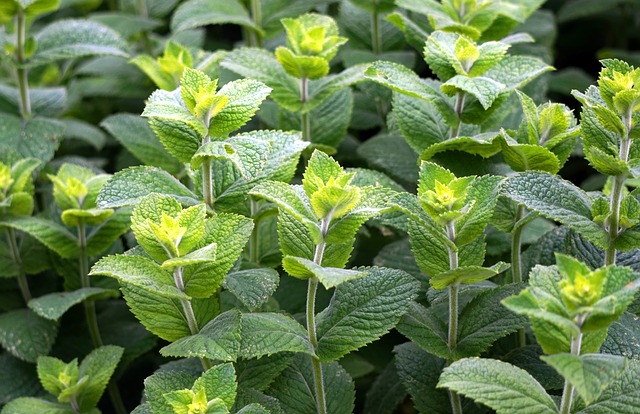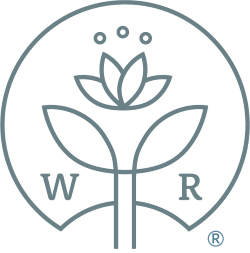Peppermint Leaf

Also known as
Mentha piperita, White Peppermint, American Peppermint, Northern Mint, Lamb Mint, Brandy Mint, and Black Peppermint.
Introduction
The world's most familiar "mint scent" is the aroma of peppermint. In Greek mythology, Menthe was turned into a plant (peppermint) when Proserpine, in a jealous rage, found out that Pluto was in love with her. Even earlier, Assyrians used it as an offering to their fire god. Peppermint contains an essential oil that is unique to other mints for its quality and flavor, and artificial mint compounds do not effectively duplicate its aroma or medicinal effects. Peppermint is one of the most popular herbs in teas, candies, and chewing gums. Cultivation and oil production started in the US in the 1790's, and was a major export business by the mid 1800's. The U.S. is still the world's leading producer of peppermint oil, making an average of 4,117 tons annually. Although the traditional use is a tea to improve digestion, most clinical trials have studied the oil in enteric-coated capsules used internally to treat irritable bowel syndrome and externally to treat tension headache. Some companies in Japan are said to pipe peppermint oil into their AC system to invigorate their workers, and thereby increase productivity.
Constituents
The essential oil of peppermint (up to 2.5% in the dried leaf) is mostly made up from menthol (ca. 50%), menthone (10 to 30%), menthyl esters (up to 10%) and several monoterpene derivatives (pulegone, piperitone, menthofurane). Traces of jasmone (0.1%) give the oil its characteristically "minty" scent. The aromatic chemicals in the mint are concentrated when the plant is grown in areas with long, warm, bright summer days.
Parts Used
Dried or fresh leaf, and essential oil.
Typical Preparations
Tea is the most common and best employed use of this ingredient. The oil is used as flavoring in toothpaste, dental creams, mouthwash, cough candies, chewing gm, and baked goods.
Summary
According to the American Botanical Council Peppermint is helpful in assiting people with general indigestion and non-ulcer dyspepsia and makes for a soothing and warming after dinner tea. The essential oil of peppermint can be applied to the skin or mouth to relieve pain. The essential oil in peppermint teas relieves the pain associated with colitis and colic. Both the peppermint leaf and peppermint oil have German E Commission monographs, both for use as a carminative, and as an antibacterial. In many cultures to this day, carrying a bit of peppermint on your person is said to allow safe journey to travelers.
Precautions
For best results, avoid boiling a peppermint tea, and instead add simmering water to a cup of the material instead of boiling directly.
This information is not intended to diagnose, treat, cure, or prevent any disease.
This information courtesy of MOUNTAIN ROSE HERBS, with full, written permission for reuse.
For further traditional information concerning PEPPERMINT, please visit this excellent resource fromBotanical.com. Used with full, written permission.







